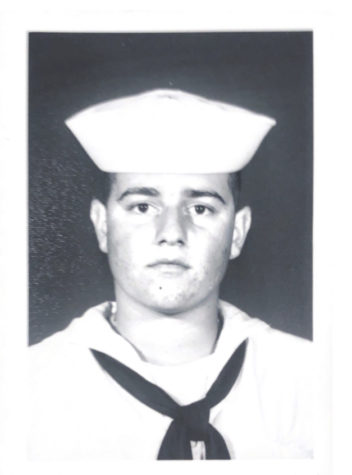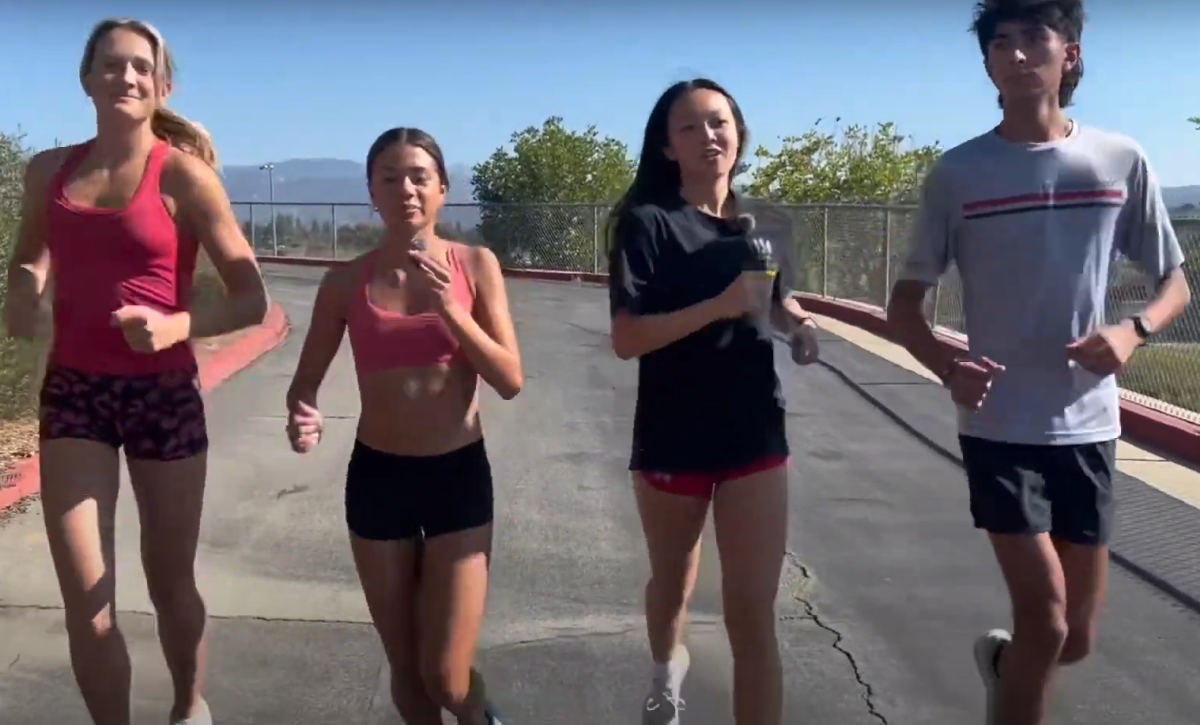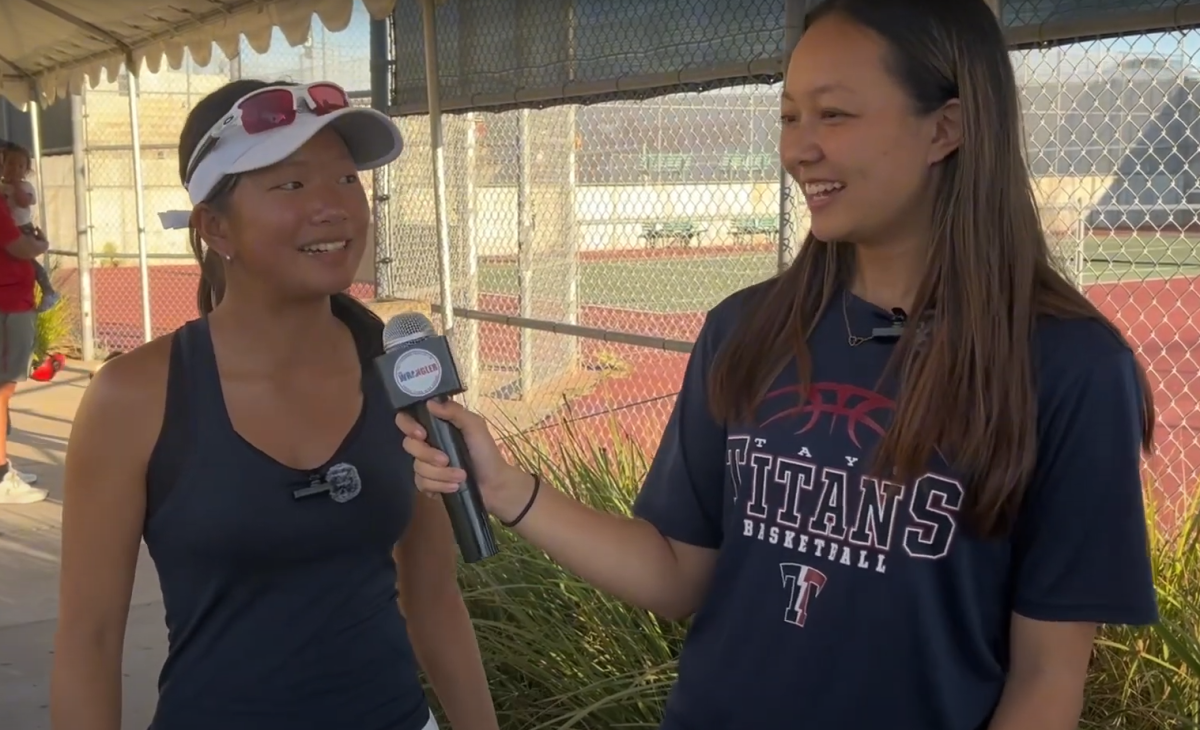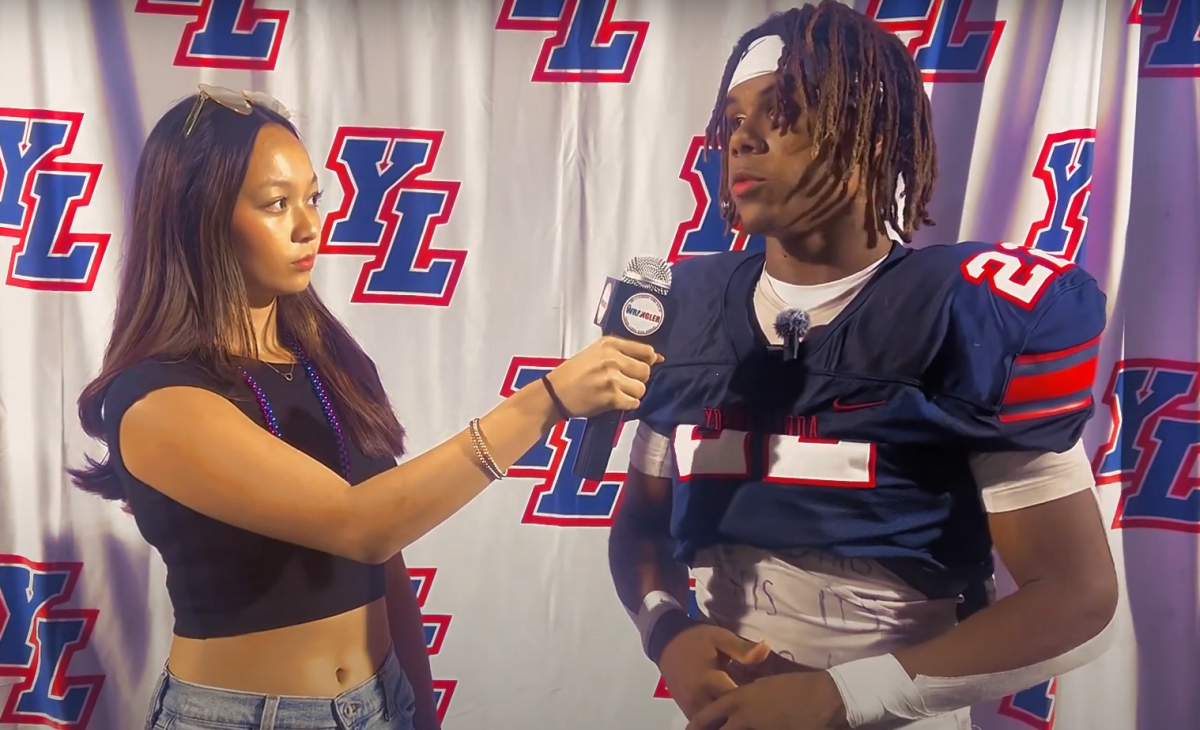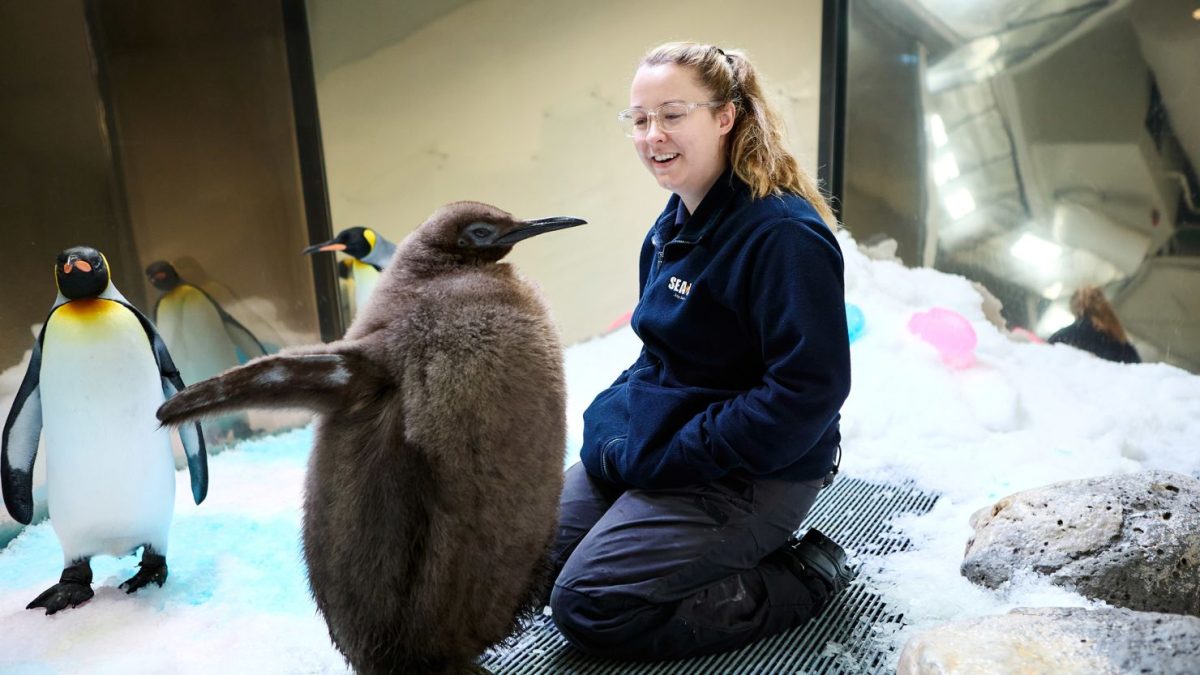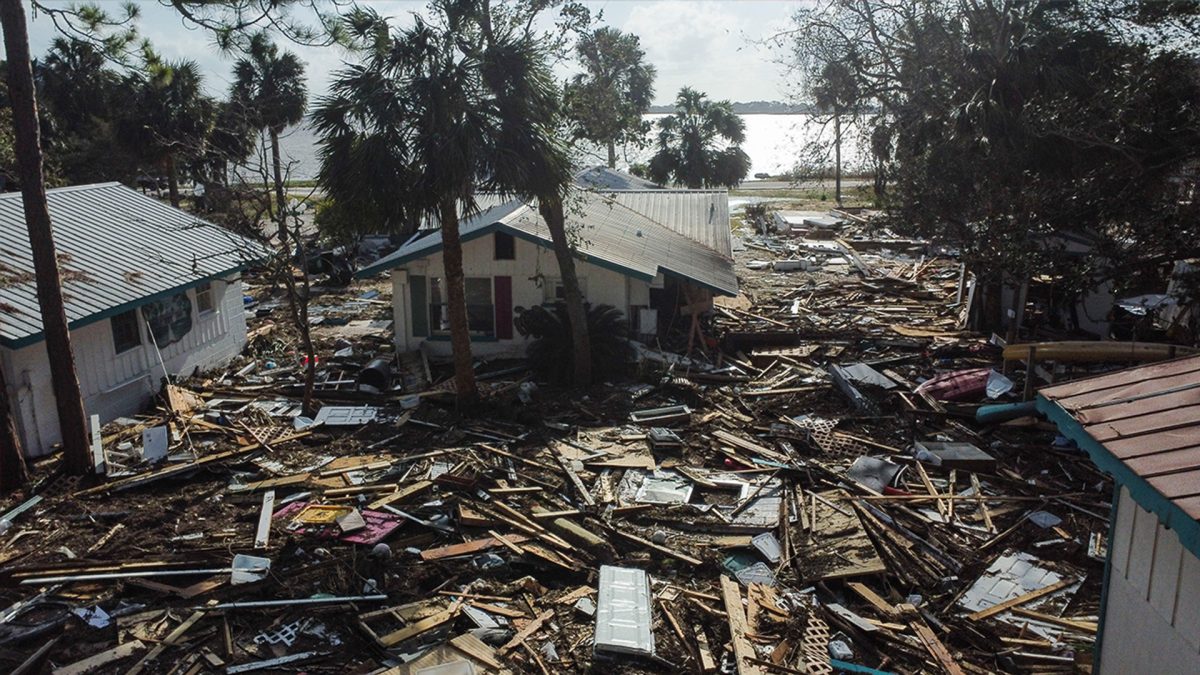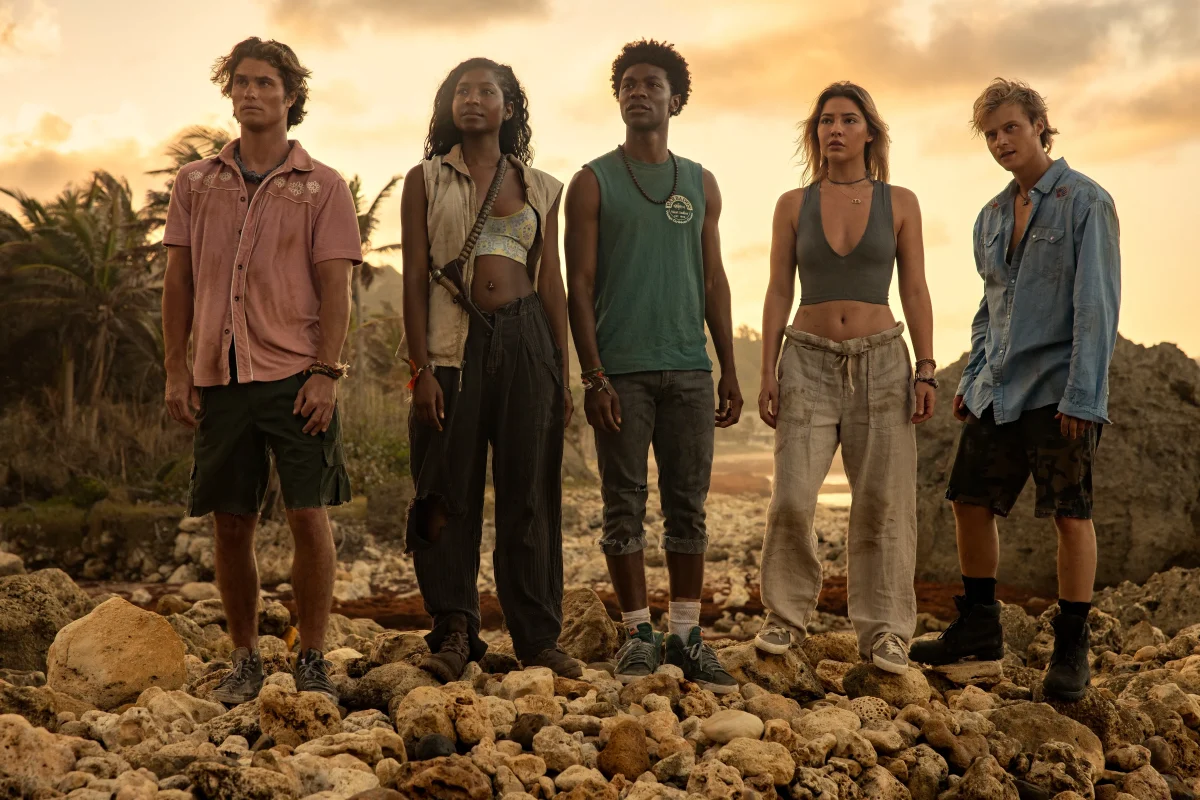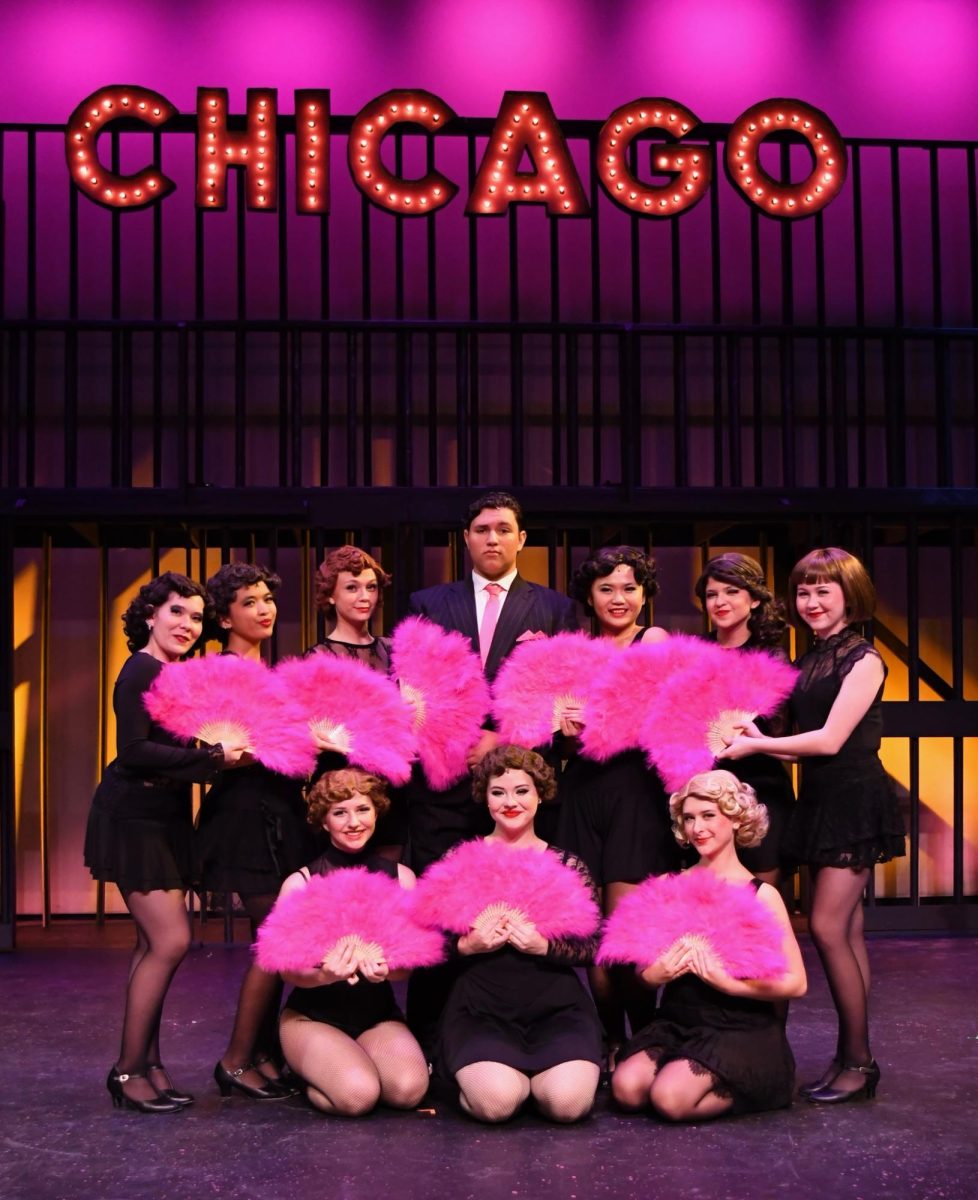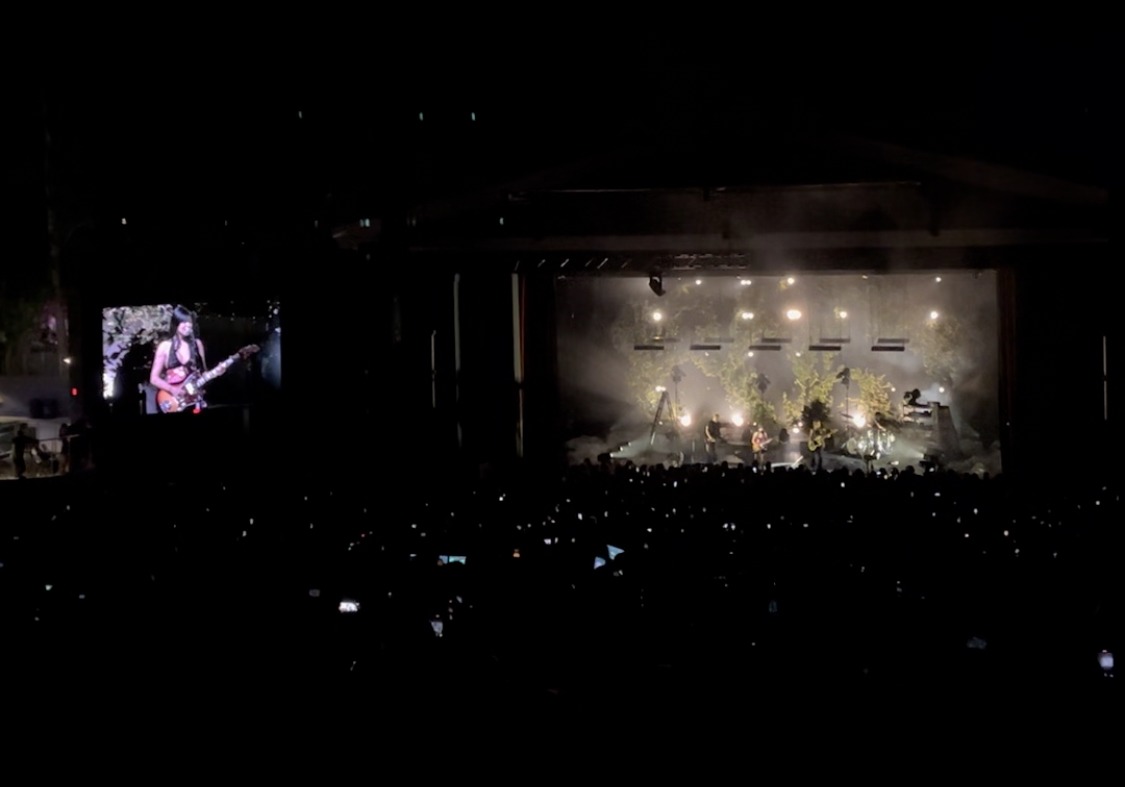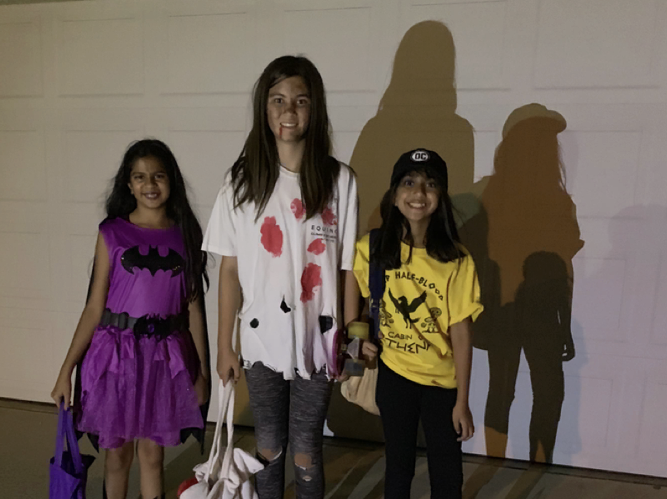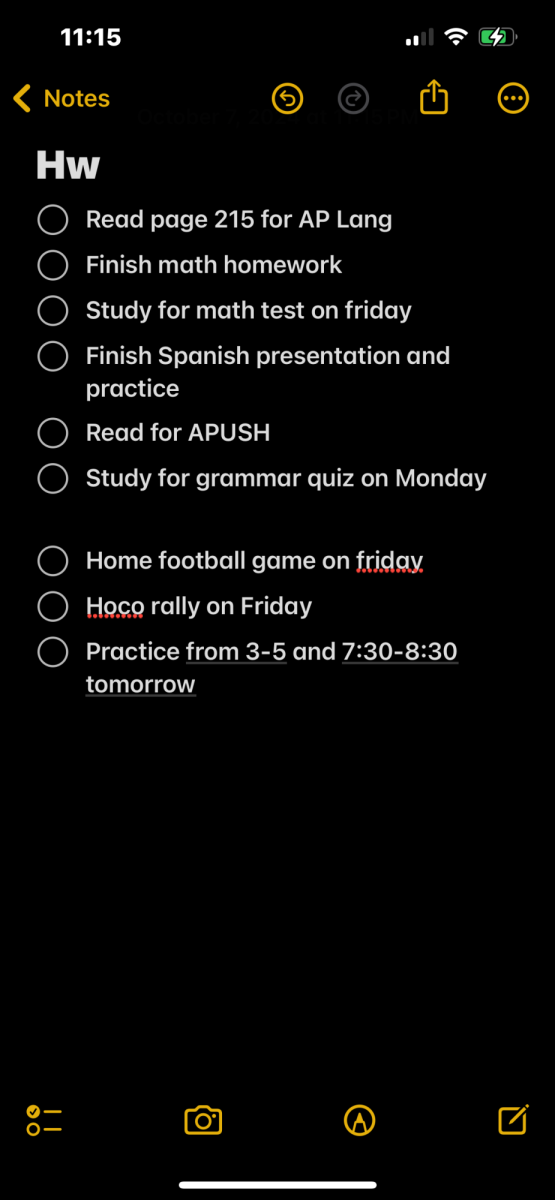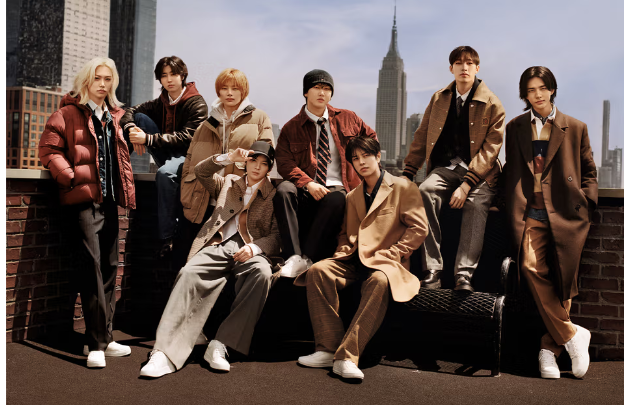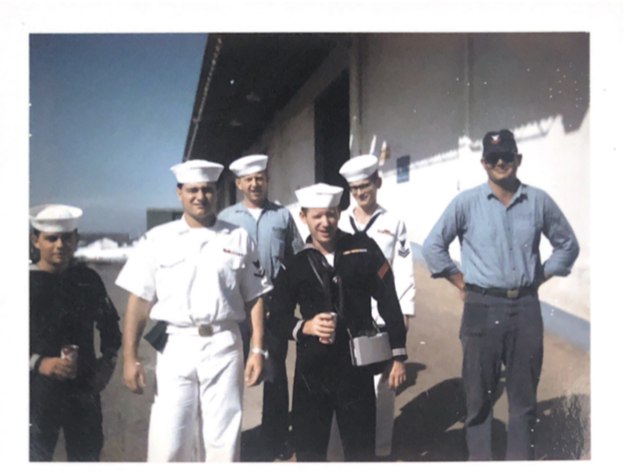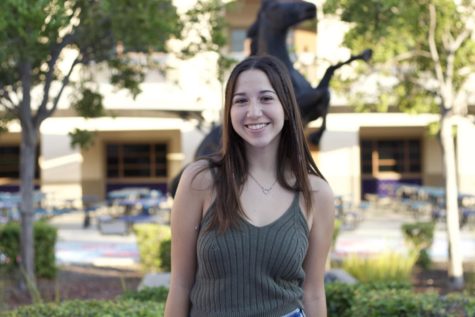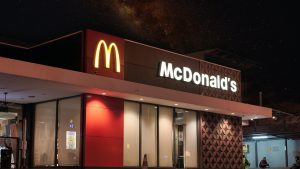My Grandpa, Our Hero
An image of Aquino and his fellow sailors. Aquino stands second from the left, wearing all white.
November 27, 2021
In the summer of 1965, Anthony Andrew Aquino made a courageous and honorable decision that many men before him have dared to make. At the spry age of seventeen years old, Aquino enlisted in the United States Navy. Did he enlist to escape Nixon’s army draft? Did he enlist for the opportunity to see the great big world outside of Whittier, California? Did he enlist because he dreamed of stardom as a brave soldier in the Vietnam War? I like to think that he enlisted for something much more meaningful. I believe that he enlisted in the US Navy with a heart full of national duty and responsibility to his nation.
In September of 1965, Aquino, just months after his high school graduation, was off to San Diego, California for boot camp. His boot camp group, Company 597, would consist of the men that he spent the next three months alongside, preparing for their time in the US Navy. Not only did Aquino undergo severe physical preparation for the service, but he also engaged in mental training in preparation for the Navy. In many of these tests, Aquino showed an incredible knack for arithmetic, a skill that tends to go hand in hand with electrical engineering. During these three and a half months of intense preparation, Aquino often thought of home, and he wished for a reunion with his parents and three siblings. When winter rolled around, it was time for Aquino to return home. The flight from San Diego to Los Angeles was his very first time on an airplane.
Following his Christmas with his family, Aquino traveled to Treasure Island in the San Francisco Bay Area. Soon after his arrival, his mental aptitude was put to the test in Electronic Technician Radar School. For 36 weeks, he did nothing but learn the ins and outs of radar management, all in preparation for his time aboard American vessels. By the time January of 1967 rolled around, it was go-time for Aquino, and he was handed his first assignment.
The USS Caddo Parish (LST-515) was an American Landing Ship Tank first launched in December of 1943, where it proved its exceptional worthiness during the era of WWII. This ship had seen the shores of Normandy and the harbors of Japan, but Aquino knew the ship best from the banks of Vietnam. A flat bottom vessel, the USS Caddo Parish had such a draft that it would beach on the shore, unload materials through a large sand-level opening, and anchor away when finished. The large void in the ship was large enough to store cargo, and most frequently, resources such as cement and ammo.
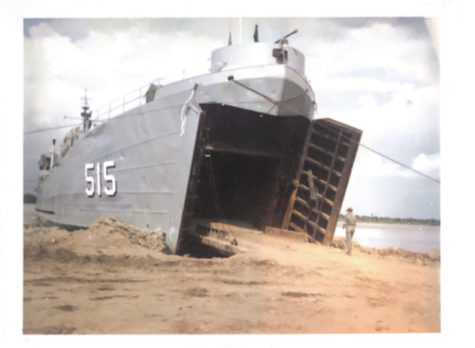
Maintaining a length of 328 ft and a beam of 50 ft, the USS Caddo Parish included a large volume of space. There were several unexpected facilities on the ship, each with a uniquely vital purpose. For example, the berthing area was a dormitory area where bunk beds stacked three beds high. The Conning Tower, less formally known as the “Conn,” was the prime location for standing watch.
When Aquino arrived in Vietnam, it had been almost two years since the start of US involvement in the Vietnam War. The primary purpose of his ship was to patrol the seas surrounding Vietnam. The USS Caddo Parish made several tours throughout the Asian waters surrounding Vietnam, voyaging through the coasts of China, Japan, and Korea. They also ventured to several notable cities in Vietnam such as Saigon, Da Nang, and Vung Tau.
There was never a dull moment aboard the USS Caddo Parish, as they were under the constant threat of attack by the Viet-Cong. They utilized “Agent Orange, ” a flammable substance that would be sprayed along the brush of the river in an attempt to spot any enemy soldiers. The sailors often wore flak jackets and helmets while on deck, as there was a prevalent threat of enemy bombardment.
As a radar technician, Aquino’s primary job lay in maintaining the radar systems on the ship. The radar system consisted of a small radar device that shot a burst of energy out to determine the proximity of faraway objects. Radar management was an unbelievably important job, as there was a continuous requirement for keeping track of the enemy’s location.
For those 13 months aboard the USS Caddo Parish, the daily routines of Aquino did not differ much from that norm. He worked hard day in and day out until December of 1967, when he was released home for a month with his family. After a near-death experience with a clumsy taxi driver driving home from LAX, Aquino was reunited with his family before returning to duty.
In March of 1968, Aquino was given a new assignment on the USS Picking, a destroyer ship that was built in 1942 and was also used in WWII. A destroyer ships opposite of an LST in many ways. For one, the destroyer ships can travel almost three times faster in the water than the LST because of their diagonal shape at the bottom. They also do not have very large free boards and are much closer to the brink of the sea. To travel from the dormitory area to the eating area, sailors would have to walk outside on the deck, oftentimes while there was choppy water. While he experienced a couple of “close calls,” Aquino reported that he was “never afraid of falling into the water.”
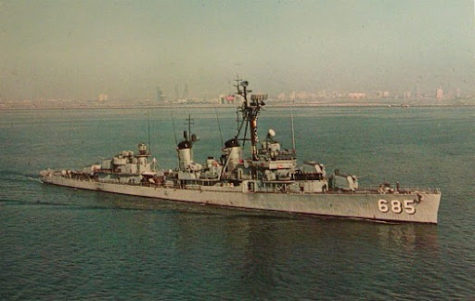
After 10 long months aboard the USS Picking, Aquino had reached the conclusion of his term in the navy. After careful consideration, he decided not to re-up because he truly missed his family and was ready to move on with his life. He took with him the morals, maturity, dignity, and patriotism that were instilled by his time in the service.
Anthony Andrew Aquino is my maternal grandfather and one of my biggest inspirations. After returning home from the navy, he earned his college degree and became a successful electronic engineer with several patented inventions. I have grown up hearing his stories of battle and epic tales of war, and I hope that those stories continue to be told in the decades to come.
The amount of courage, maturity, and duty that he showed as a seventeen-year-old boy is utterly unbelievable. I am less than a month away from turning seventeen, and I simply cannot imagine making the kind of sacrifice that my grandfather, and so many others like him, have made. I investigated this idea at my school, Yorba Linda High School, and asked several classmates, peers, and acquaintances whether or not they can see themselves, at their current age, fighting for our nation. Alexandra Herrada (11) claims that she is “in awe of the bravery of those who willingly fight to protect our freedom.”
As my family and I celebrated Veterans Day last week, I took time to solemnly thank those who are gracious enough to put themselves on the line to defend our daily freedoms. America is not strong because of the men and women who choose to fight in our defense, America is strong because of why they make that choice. I am eternally grateful for my grandfather, and every veteran who has defended or continues to defend our great nation.
